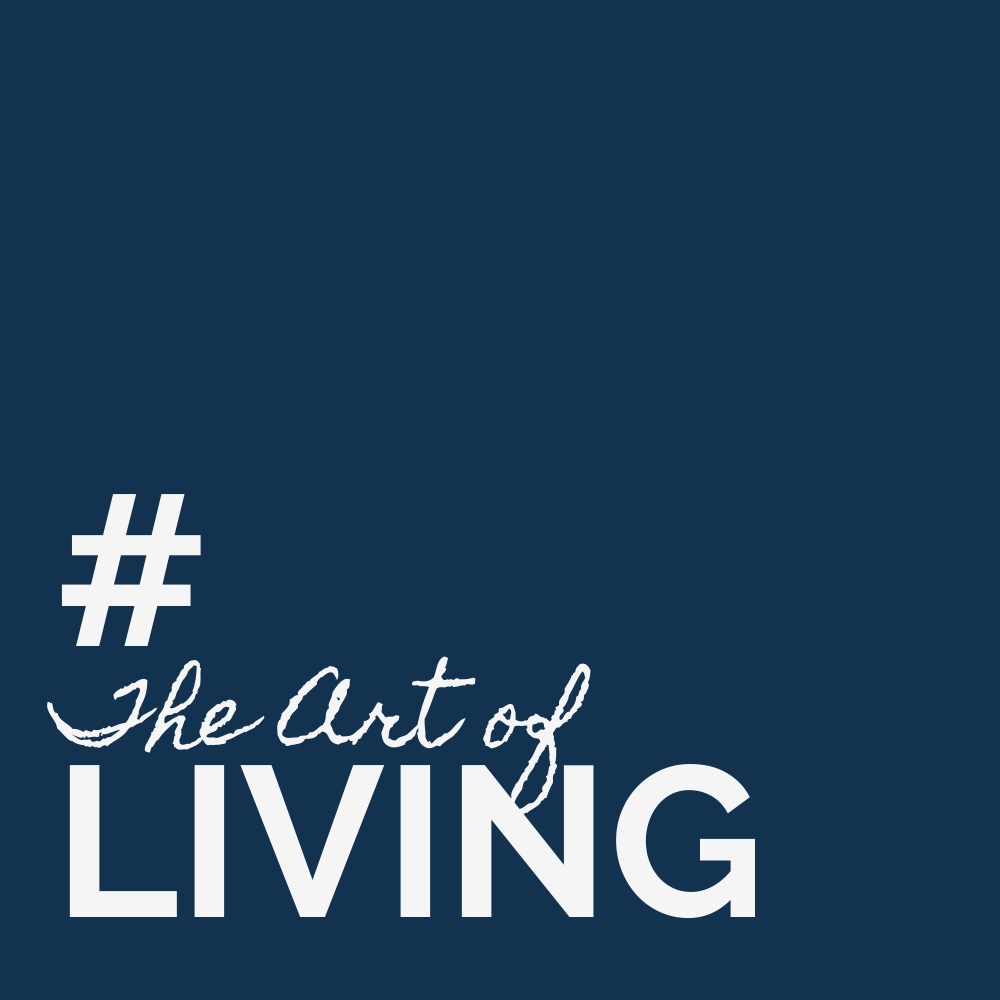In the rapidly changing landscape of technology, artificial intelligence (AI) and virtual reality (VR) stand out as pivotal forces shaping our future. The book “The Future Is Faster Than You Think” by Peter H. Diamandis and Steven Kotler explores how exponential technologies are accelerating our progress in ways that were once thought to be the realm of science fiction. This blog post will delve into the key insights from the book and discuss how AI and VR are intertwined in defining our future.
The Exponential Growth of Technology

Diamandis and Kotler argue that we are at the cusp of a technological revolution. The convergence of AI, VR, and other exponential technologies such as biotechnology and nanotechnology is propelling us toward a future that is not only faster but also more interconnected. As these technologies mature, they are beginning to impact various sectors, including healthcare, education, entertainment, and beyond.
AI: The Brain Behind the Operation
AI serves as the backbone of many emerging technologies. Its ability to process vast amounts of data and learn from it allows for improvements in efficiency and accuracy across numerous applications. In the context of VR, AI can enhance user experiences by creating more realistic environments and interactions. For instance, AI algorithms can generate lifelike characters in virtual settings, adapting their behaviors based on user interactions. This creates immersive experiences that were previously unimaginable.
Transforming Industries with AI

- Healthcare: AI is revolutionizing patient care through predictive analytics and personalized medicine. When combined with VR, medical training simulations can provide practitioners with hands-on experience in a controlled environment, improving their skills without putting patients at risk.
- Education: AI-driven platforms can tailor learning experiences to individual students’ needs. VR can transport learners to historical events or environments, providing experiential learning opportunities that enhance understanding and retention.
- Entertainment: The gaming industry is a prime example of how AI and VR are merging to create immersive worlds. Players can engage with dynamic narratives where AI determines story paths based on player choices, leading to unique experiences every time.
Virtual Reality: A New Dimension of Experience
Virtual reality takes user engagement to another level by immersing individuals in computer-generated environments. This technology relies heavily on AI to optimize experiences. From gaming to training simulations, VR offers an escape from reality while simultaneously enhancing our capabilities within it.
Key Applications of VR
- Training and Simulation: Industries such as aviation and military use VR for training purposes, allowing trainees to practice complex maneuvers without real-world consequences. AI enhances these simulations by analyzing performance data and providing feedback.
- Social Interaction: VR platforms are emerging as spaces for social interaction, enabling people to connect in virtual spaces regardless of geographical barriers. AI can facilitate these interactions by moderating discussions or recommending content based on users’ interests.
- Therapeutic Uses: In mental health treatment, VR is being utilized for exposure therapy, allowing patients to confront fears in a safe environment. AI can help track progress and adjust therapy sessions according to individual responses.
The Future Landscape
As we move forward, the integration of AI and VR will continue to redefine our experiences and capabilities. The potential for these technologies to improve our quality of life is immense, but it also raises important ethical considerations. Issues related to privacy, security, and the digital divide will need to be addressed as we embrace these advancements.
Final Thoughts
The insights from “The Future Is Faster Than You Think” emphasize that the convergence of AI and VR is not just a trend; it is a fundamental shift in how we interact with technology and each other. As we harness these powerful tools, we must remain mindful of the implications they carry for society at large. By embracing innovation responsibly, we can ensure that the future shaped by AI and VR is one that benefits all of humanity.
In this transformative era, staying informed and adaptable will be crucial as we navigate the exciting possibilities that lie ahead.
Related
Discover more from The Art of Living
Subscribe to get the latest posts sent to your email.


